The Seven Different Types of Bees
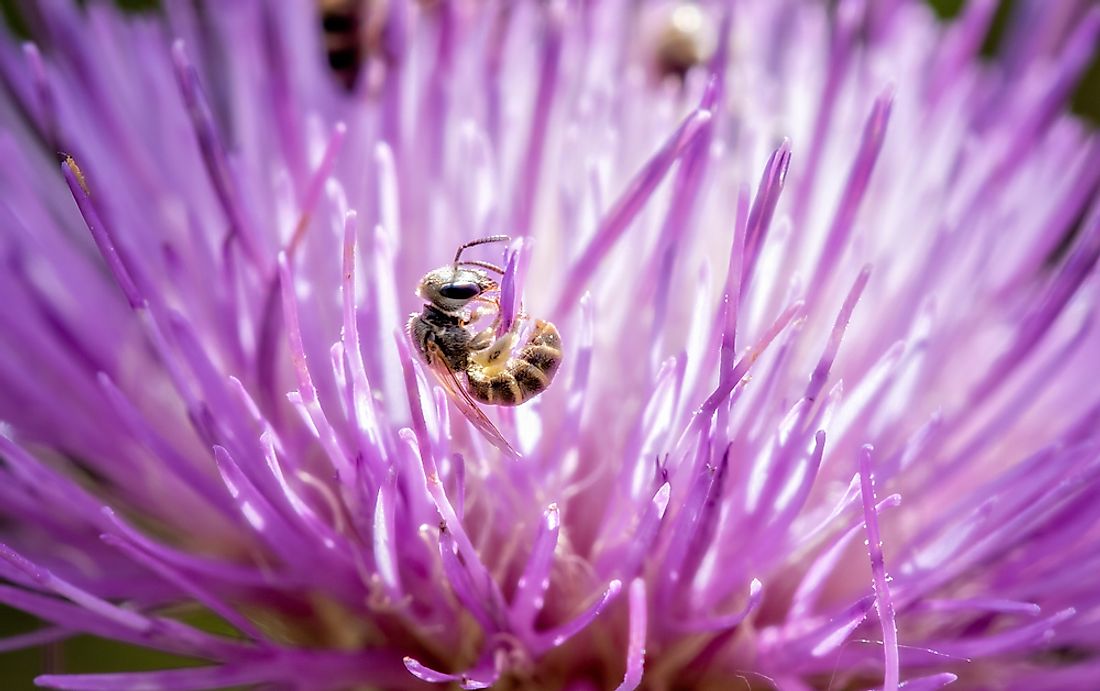
There are seven families of bees and over twenty thousand species. The well-known bumblebees and honeybees are part of the largest family of the bee known as the Apidae. Bees are classified as insects and are closely related to ants and wasps. They are known for the production of honey and as pollinators. The following are the seven families of bees.
7. Andrenidae
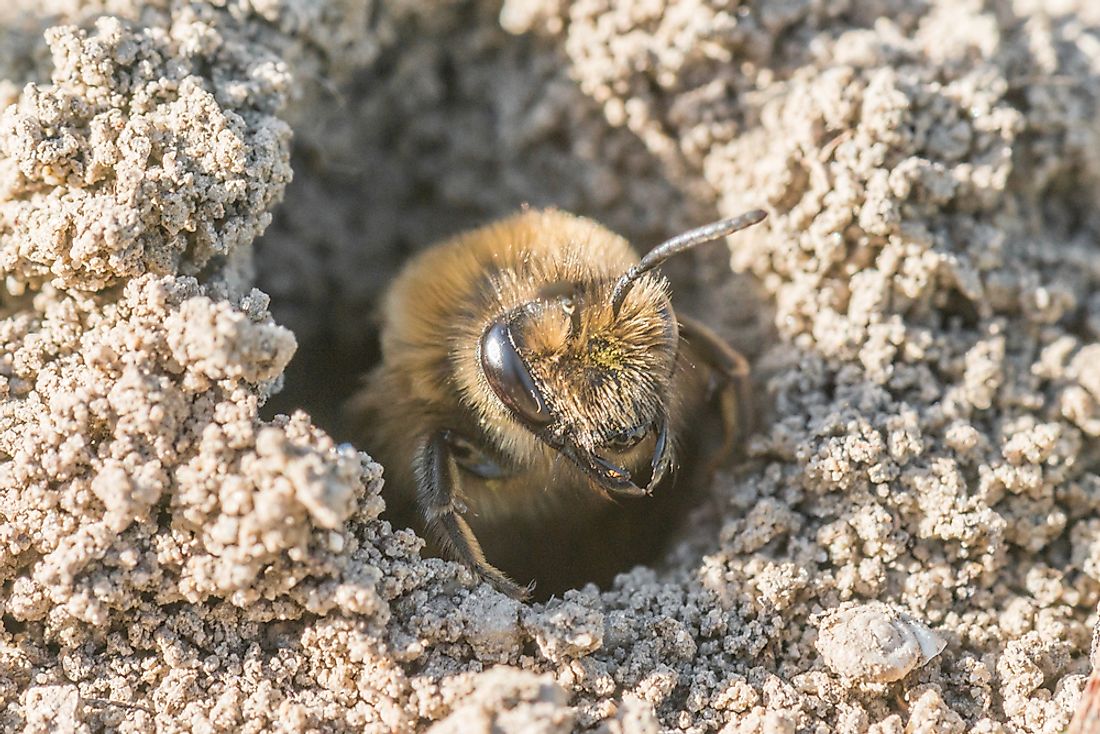
The Andrenidae family is collectively known as mining bees. It is a cosmopolitan family that consists of solitary bees that nest on the ground. They are mostly found in the arid and temperate regions.They vary in size from small to average-sized bees. The Andrenidae are active in the early evening because they can neither see clearly at night nor tolerate the high temperatures and sunlight.
6. Apidae
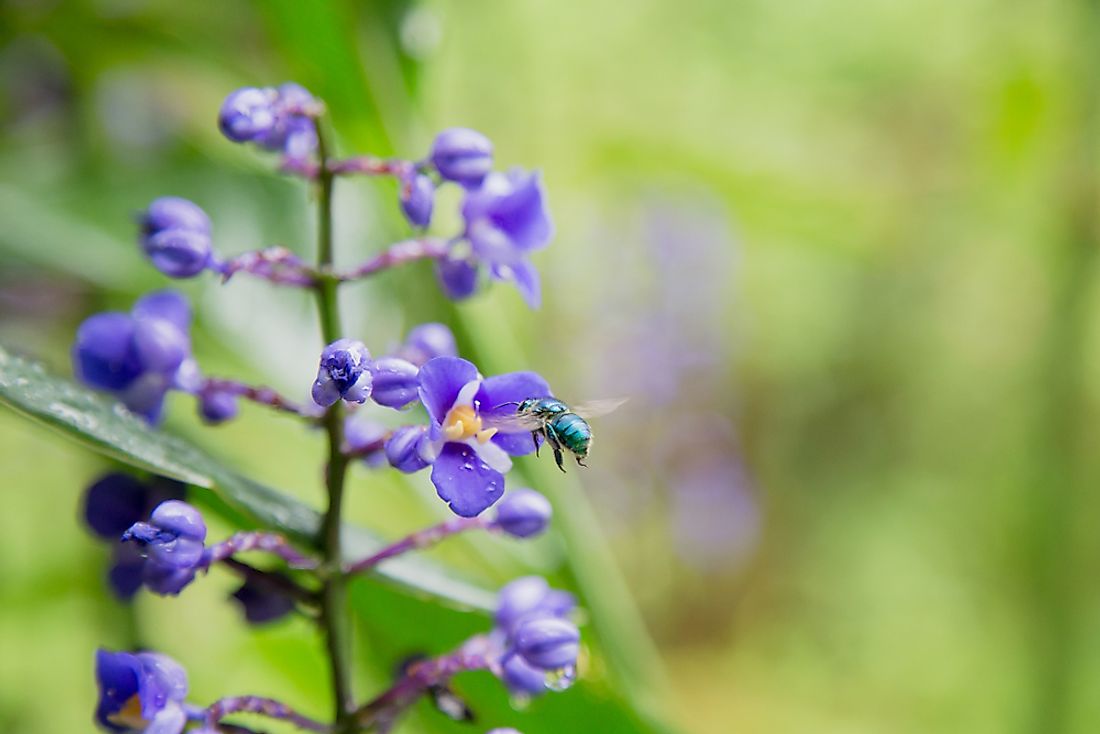
The Apidae is the largest family of bees with at least 5,700 species. They include honeybees, bumblebees, stingless bees, carpenter bees, cuckoo bees, and orchid bees among others. The bumblebees and honeybees are docile and react only when provoked. The stingless bee is cultivated across the world for pollination and production of honey. The Africanized honeybee popularly known as the killer bee is a crossbreed of the African honeybee and Western honeybee. Although it is an aggressive bee that will sting at the slightest provocation, it is known for producing large quantities of honey. Members of the Apidae family live in colonies that consist of the queen and worker bees.
5. Colletidae
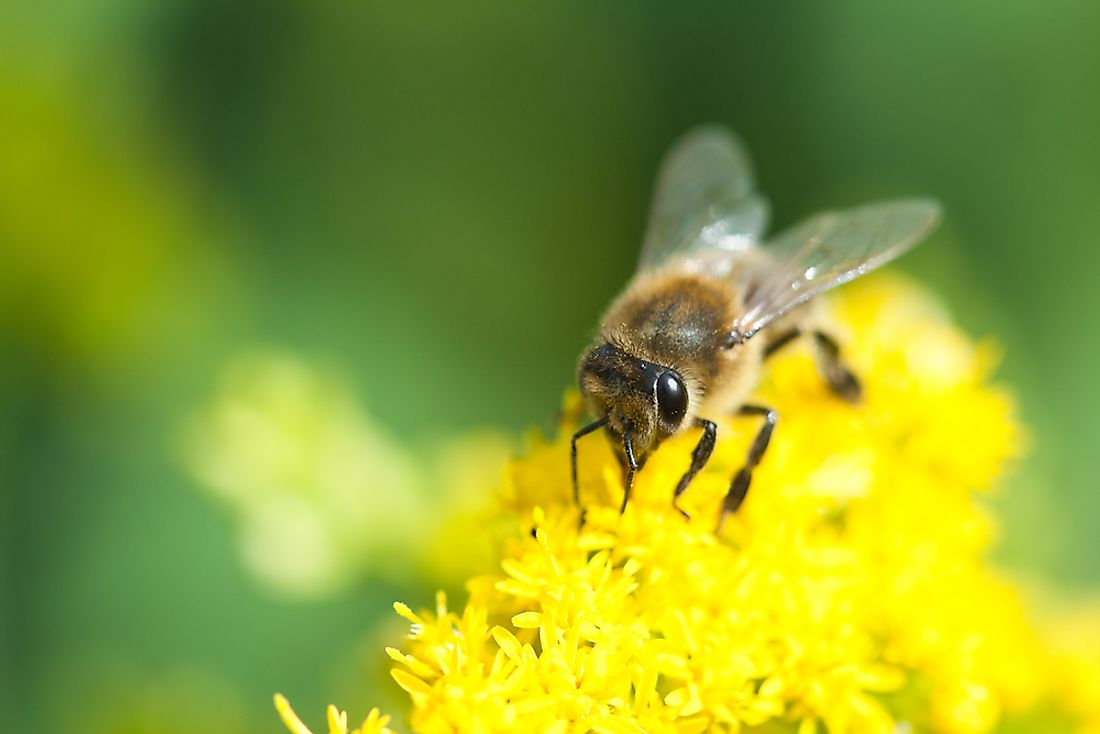
The Colletidae family is collectively known as polyester or plasterer bees because they smooth the wall of their hives with a secretion applied using their mouthparts. The secretion drys up to form a cellophane-like lining. There are 2,000 species in the family all of which are solitary bees although they might nest in a collective hive. They are found across the world, but a majority of the species live in Australia and South America. About 50% of the bees in Australia are of this family.
4. Halictidae
The Halictidae are bees that nest in the ground. They exhibit diverse levels of social behaviors. Some bees in the family switch between being solitary and social depending on the environment. The Halictidae family is collectively known as the sweat bees because they tend to lap sweat off people to obtain salt. They are much smaller than honeybees and have a metallic sheen. Halictidae are found across the world, but they are neither good in producing honey or pollination. They are not aggressive and will only sting when provoked or to defend their nests. They are "vespertine" meaning they are active at dusk.
3. Megachilidae
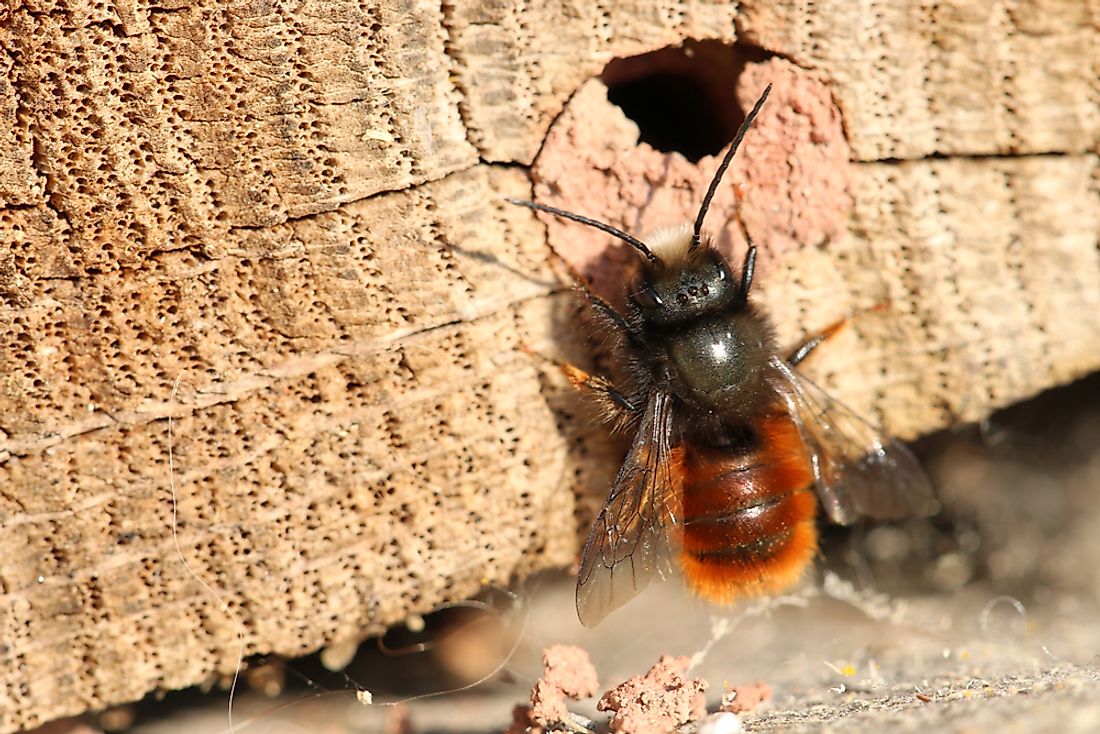
Megachilidae are robust but solitary bees with extraordinarily large mandibles and heads. They represent 15-20% of the bee population. There are about 630 species of Megachilidae bees in North America most of which are native; they include Megachile, Chalicodoma, Anthidium, and Osmia. They carry pollen under their abdomen, unlike other bees that use the hind legs. The Megachilidae family has the most diverse nesting habits. Bees in this family construct hives using mud, gravel, resin, plant fiber, wood pulp, and leaf pulp. Members of these family include the mason bees, Megachile pluto, and the carder bees. The Megachile pluto is the largest bee in the world. They are effective pollinators and are reared by farmers across the world to aid in cross-pollination.
2. Melittidae
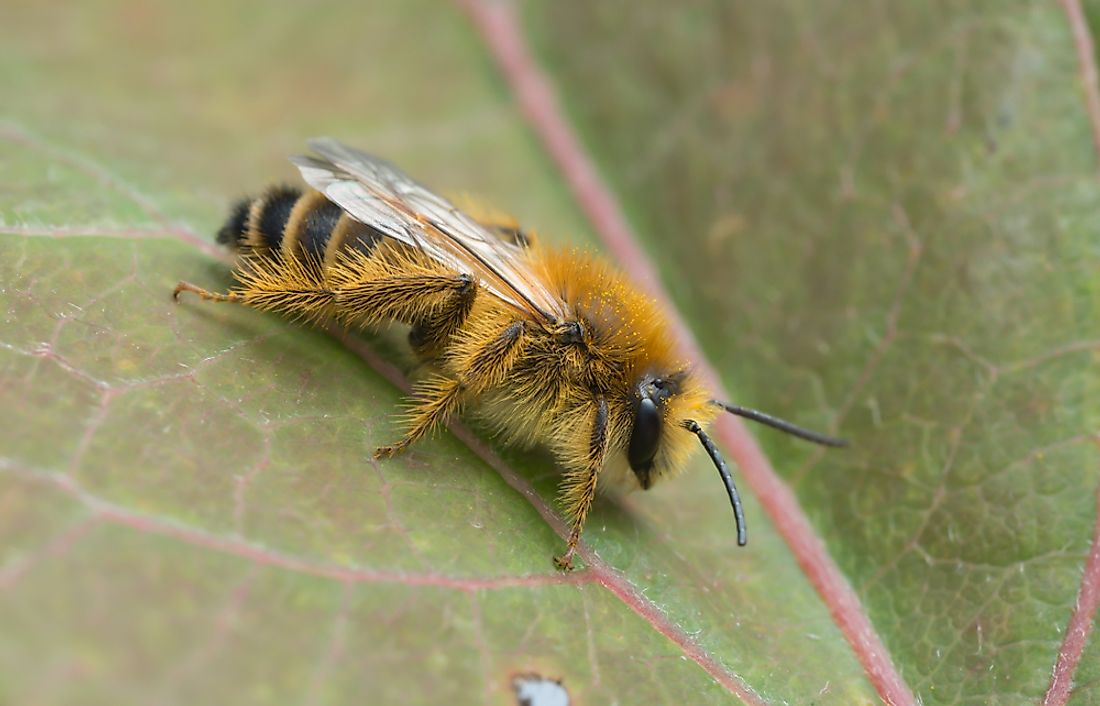
Melittidae is a small family of bees with three subspecies and about 200 species. It is limited to Africa and the northern temperate zone. Their size range from small to moderate but they are popularly known for their foraging habits. They are solitary and prefer nesting on the ground rather than on trees or caves.
1. Stenotritidae
Stenotritidae is the smallest of the seven bee families with 2 subfamilies and 21 species. The family is only found in Australia and closely related to Colletidae. They are large, fast-flying, and densely hairy.











